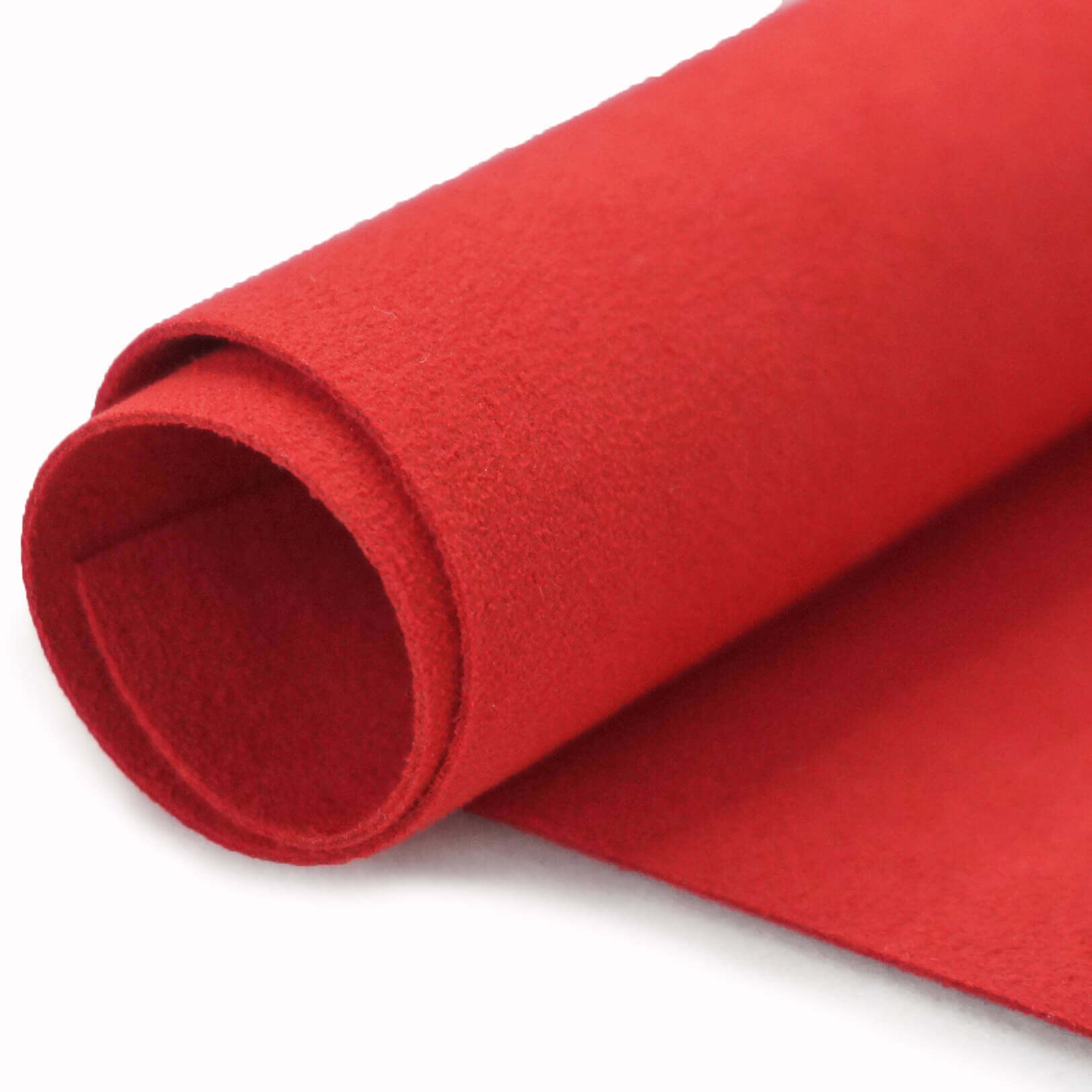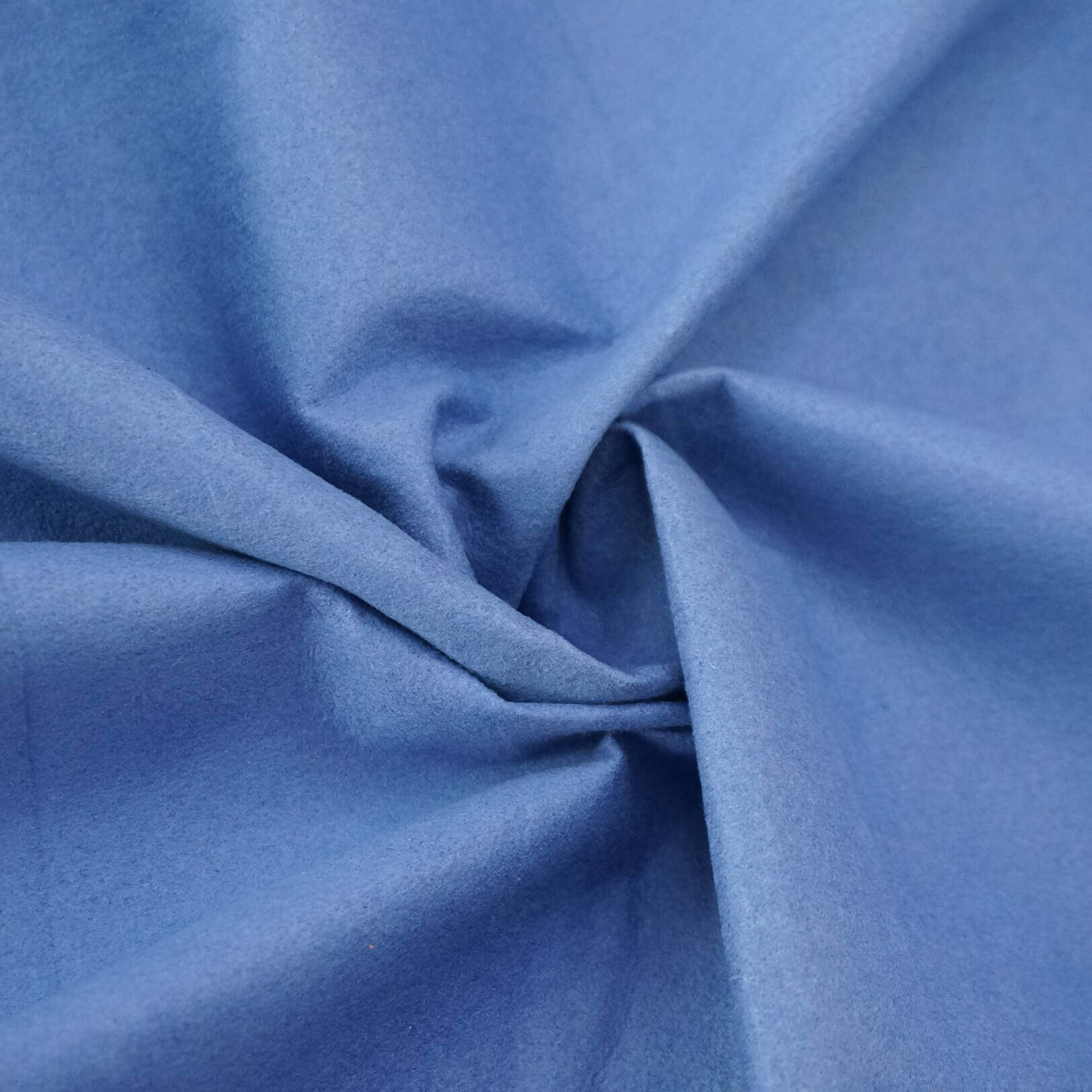Email format error
Email cannot be empty
Email already exists
6-20 characters(letters plus numbers only)
The password is inconsistent
Email format error
Email cannot be empty
Email does not exist
6-20 characters(letters plus numbers only)
The password is inconsistent

News

Textured Microfiber Upholstery Fabric: The Ultimate Guide to Sophisticated Comfort
The quest for the perfect upholstery fabric often ends at the intersection of elegance, comfort, and resilience. Enter textured microfiber upholstery fabric, a material that has taken the design world by storm with its luxurious feel and robust performance. This comprehensive guide will take you through the world of textured microfiber, from its rich history to the cutting-edge technology that creates it. We’ll compare it to its close relative, microfiber upholstery leather, and explore the myriad of benefits it offers. Whether you’re a seasoned interior designer or a homeowner looking to upgrade your living space, understanding the nuances of textured microfiber will help you make informed decisions for a home that’s both beautiful and practical.
The Rise of Microfiber in Upholstery
A Brief History of Microfiber
Microfiber’s journey began in the late 20th century when scientists developed ultra-fine fibers that could be woven into a fabric with exceptional softness and strength. Initially used for industrial purposes, it wasn’t long before the potential for microfiber in upholstery was realized. Its ability to mimic the textures of more expensive and delicate fabrics, while offering superior durability, quickly made it a favorite among manufacturers and consumers alike.
Why Microfiber Dominates the Upholstery Scene
Microfiber upholstery fabric has become a dominant player in the market due to its versatility and practicality. Its tightly woven fibers create a barrier against dust, allergens, and spills, making it an ideal choice for households with children, pets, or allergy sufferers. Additionally, microfiber’s adaptability to a range of textures and colors allows it to fit seamlessly into any design aesthetic, from the sleek and modern to the warm and traditional.
Understanding Textured Microfiber Upholstery Fabric
What is Textured Microfiber?
Textured microfiber upholstery fabric is a type of microfiber that has been treated or woven to create a distinct tactile experience. This can range from subtle embossing that mimics the grain of leather to more pronounced patterns that add depth and interest to the fabric. The result is a material that not only looks luxurious but also invites touch, adding an extra dimension to furniture pieces.
The Manufacturing Process
The creation of textured microfiber involves advanced manufacturing techniques. Fibers are spun into yarns that are finer than silk, which are then woven or knit into a high-density fabric. Texturing occurs through various processes, including heat embossing, brushing, or using specialized looms that create intricate patterns within the weave.
Types of Textures Available
The variety of textures available in microfiber upholstery fabric is vast. Some popular options include suede-like finishes, linen effects, and patterns that replicate the look of more exotic materials like shagreen or ostrich skin. These textures provide designers and homeowners with the freedom to choose a fabric that perfectly complements their space’s design elements.
Microfiber Upholstery Leather: A Close Relative
The Leather Look with Microfiber Benefits
The leather is a specific type of textured microfiber that offers the appearance and feel of genuine leather. It is a popular choice for those who desire the classic look of leather but require a more durable and maintenance-friendly option. It is often used in high-traffic areas, providing the sophisticated aesthetic of leather without the susceptibility to scratches and fading.
Applications in Home and Commercial Spaces
Both textured microfiber and microfiber upholstery leather have found their place in various settings. In homes, they are used for sofas, chairs, and ottomans, offering a cozy yet refined look. In commercial spaces, such as offices, restaurants, and hotels, they provide a touch of luxury while standing up to the demands of heavy use.
Designing with Textured Microfiber Upholstery Fabric
Color and Pattern Selection
When it comes to selecting the perfect textured microfiber upholstery fabric, color and pattern play a pivotal role. The right choice can complement the room’s existing palette or become a bold statement piece that draws the eye. Textured microfiber comes in a vast array of colors, from neutral tones that blend seamlessly with any decor to vibrant hues that add a pop of color. Patterns range from subtle to striking, allowing for personalization that can echo the design motifs present in the space. When choosing a color or pattern, consider the mood you want to create and the level of visual interest desired.
Incorporating Texture into Your Decor
Texture adds depth and dimension to a room, and the fabric is an excellent way to introduce this element. The tactile quality of the fabric invites interaction and can create a sense of warmth and comfort. To incorporate texture effectively, consider the scale and context. A large, plush sectional in a textured microfiber can serve as a cozy focal point, while smaller accents like throw pillows or an ottoman can provide subtle touches of texture without overwhelming the space.
Trends in Textured Microfiber Design
Keeping abreast of trends is essential for a contemporary interior. Textured microfiber is at the forefront of design innovation, with new textures that mimic hand-woven fabrics, natural fibers, and artisanal techniques. Current trends include geometric patterns, embossed animal prints, and distressed finishes that provide a rustic yet refined look. These trends reflect a growing desire for tactile, engaging surfaces that offer both style and comfort.
Practical Tips for Choosing the Right Textured Microfiber
Assessing Quality and Durability
Quality and durability are key when selecting textured microfiber upholstery fabric. High-quality microfiber is characterized by a dense weave, consistent texture, and a substantial feel. To assess durability, look for indicators such as rub counts, which measure the fabric’s ability to withstand wear and tear. A higher rub count signifies a more durable fabric, suitable for furniture that will see frequent use.
Matching Fabric to Furniture Style
The style of your furniture should influence the type of textured microfiber you choose. Sleek, modern pieces may benefit from a smooth, suede-like texture that emphasizes clean lines and simplicity. In contrast, traditional furniture can be enhanced with a richer, more elaborate texture that complements intricate designs and woodwork. Always consider the furniture’s silhouette and how the texture will accentuate its best features.
Considering the Environmental Impact
As consumers become more environmentally conscious, the impact of their choices takes center stage. The fabric is often seen as a more sustainable option compared to traditional materials. Many microfibers are made from recycled plastics, reducing waste and the use of natural resources. When choosing a fabric, look for certifications that indicate eco-friendly practices, such as the use of non-toxic dyes and energy-efficient manufacturing processes.
Caring for Your Textured Microfiber Upholstery
Routine Cleaning and Maintenance
Maintaining the beauty of textured microfiber upholstery is straightforward. Routine cleaning involves vacuuming with a soft brush attachment to remove dust and debris from the fabric’s textured surface. For light soiling, a damp cloth with mild soap can be used, followed by a dry cloth to prevent watermarks.
Dealing with Spills and Stains
Spills should be addressed immediately to prevent staining. Blot the spill with a clean, dry cloth, avoiding rubbing, which can work the liquid deeper into the fabric. For tougher stains, a specialized microfiber cleaner can be used according to the manufacturer’s instructions. Always test any cleaning solution on an inconspicuous area first.
Professional Cleaning: When and Why?
While routine maintenance can keep your textured microfiber upholstery looking great, there may be times when professional cleaning is necessary. This is particularly true for stubborn stains, extensive soiling, or if the fabric requires a deep clean due to allergens. Professional cleaners have the expertise and equipment to safely and effectively restore your upholstery.
The Future of Upholstery Fabrics
Innovations on the Horizon
The upholstery fabric industry is constantly evolving, with new technologies enhancing the performance and aesthetic appeal of materials like textured microfiber. Innovations may include advanced stain resistance, improved eco-friendly manufacturing processes, and the development of even finer microfibers that offer a more luxurious feel.
The Role of Sustainability in Fabric Choices
Sustainability is becoming increasingly important in the world of upholstery fabrics. Consumers and manufacturers alike are seeking materials that minimize environmental impact without compromising on quality or style. Textured microfiber, with its potential for recycling and energy-efficient production, is well-positioned to meet these demands.
Predicting the Next Big Trends in Upholstery
As we look to the future, we can anticipate a continued emphasis on textures that provide sensory experiences and materials that support health and well-being. The fabric, with its versatility and comfort, is likely to remain a popular choice, while new textures and eco-conscious options will cater to the evolving tastes of consumers.
Conclusion
Textured microfiber upholstery fabric represents a fusion of innovation, style, and practicality. Its diverse range of textures and patterns, combined with its ease of maintenance and durability, make it an ideal choice for both residential and commercial interiors. As we embrace the future of design, textured microfiber stands out as a material that not only meets the aesthetic and functional needs of today but also holds the promise of a sustainable and exciting future in upholstery.

